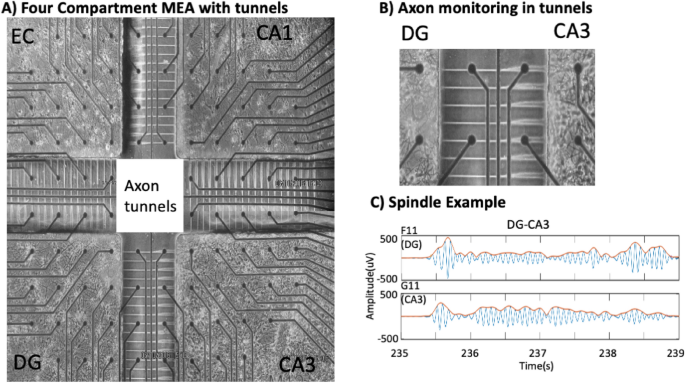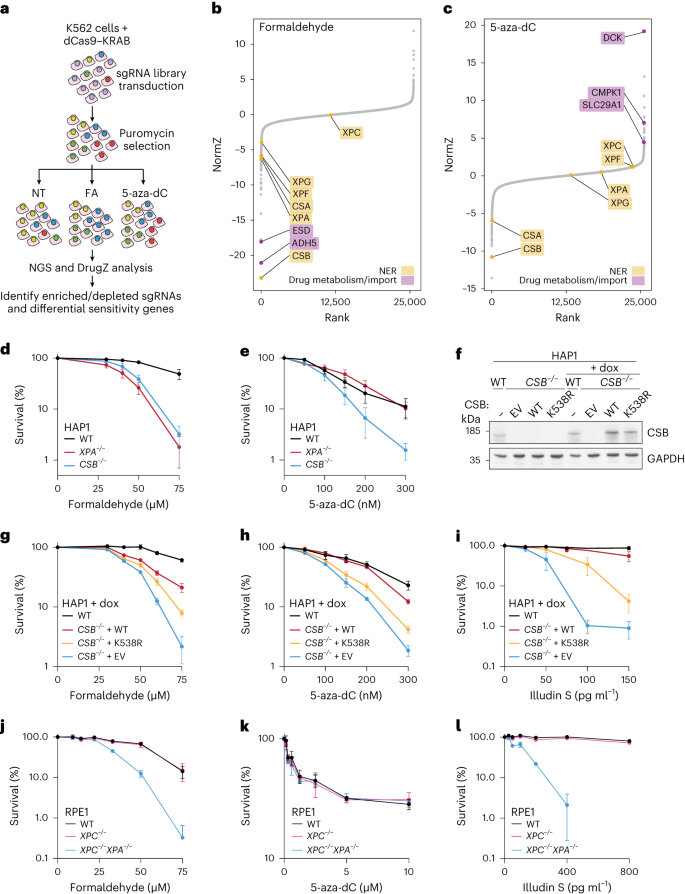2024-04-10 カリフォルニア大学校アーバイン校(UCI)
<関連情報>
- https://news.uci.edu/2024/04/10/uc-irvine-researchers-find-new-origin-of-deep-brain-waves/
- https://www.nature.com/articles/s41598-024-58002-0
再構成海馬形成内の伝達軸索の紡錘振動は、視床のないCA3で最も強い Spindle oscillations in communicating axons within a reconstituted hippocampal formation are strongest in CA3 without thalamus
Mengke Wang,Samuel B. Lassers,Yash S. Vakilna,Bryce A. Mander,William C. Tang &Gregory J. Brewer
Scientific Reports Published:10 April 2024
DOI:https://doi.org/10.1038/s41598-024-58002-0

Abstract
Spindle-shaped waves of oscillations emerge in EEG scalp recordings during human and rodent non-REM sleep. The association of these 10–16 Hz oscillations with events during prior wakefulness suggests a role in memory consolidation. Human and rodent depth electrodes in the brain record strong spindles throughout the cortex and hippocampus, with possible origins in the thalamus. However, the source and targets of the spindle oscillations from the hippocampus are unclear. Here, we employed an in vitro reconstruction of four subregions of the hippocampal formation with separate microfluidic tunnels for single axon communication between subregions assembled on top of a microelectrode array. We recorded spontaneous 400–1000 ms long spindle waves at 10–16 Hz in single axons passing between subregions as well as from individual neurons in those subregions. Spindles were nested within slow waves. The highest amplitudes and most frequent occurrence suggest origins in CA3 neurons that send feed-forward axons into CA1 and feedback axons into DG. Spindles had 50–70% slower conduction velocities than spikes and were not phase-locked to spikes suggesting that spindle mechanisms are independent of action potentials. Therefore, consolidation of declarative-cognitive memories in the hippocampus may be separate from the more easily accessible consolidation of memories related to thalamic motor function.


